Impact driver vs drill: When to use each of these tools
Our DIY writer Pete Wise explains the differences between cordless drills and impact drivers – and what you can do with each type of tool
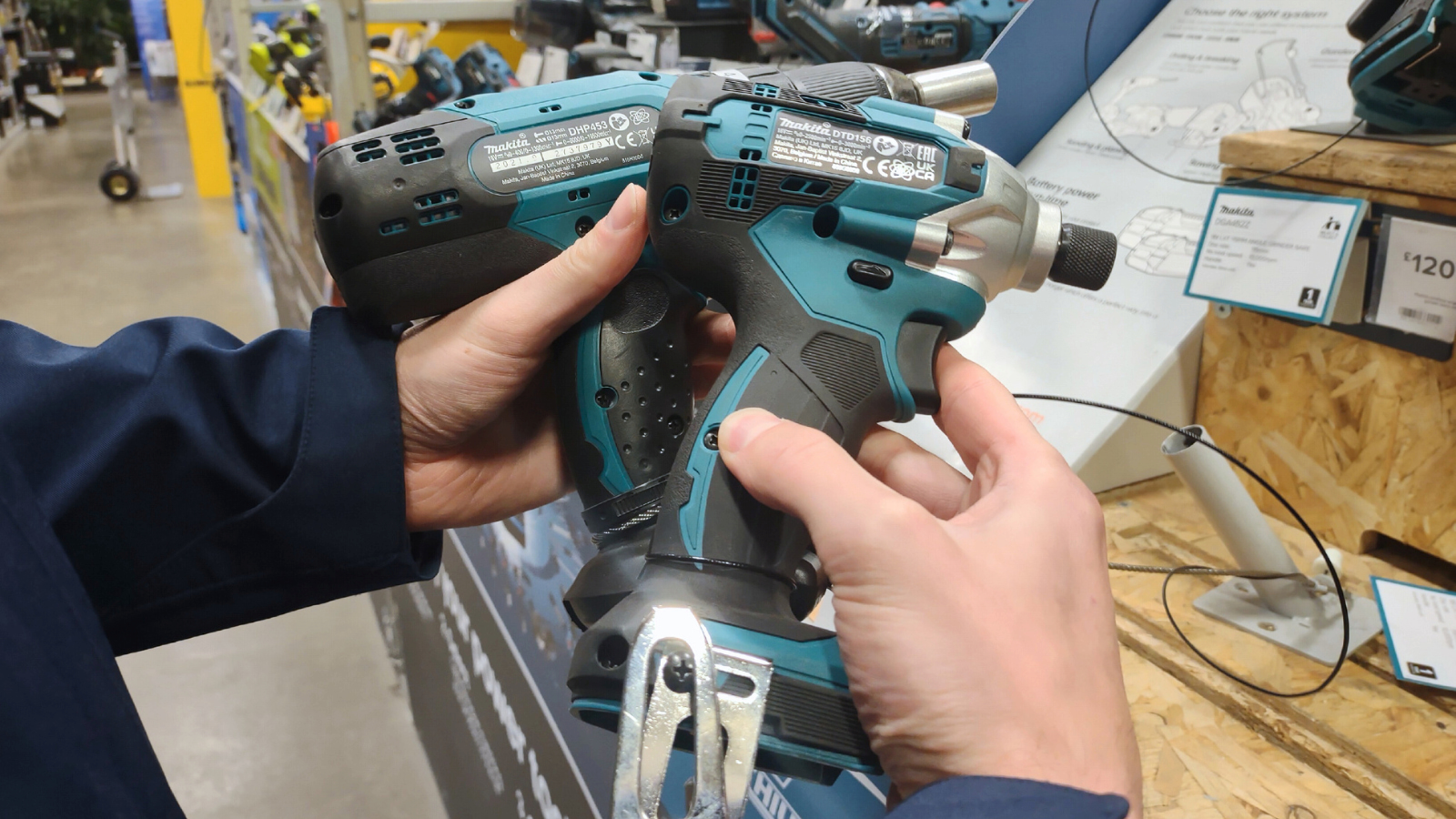
As you slowly build up your collection of DIY tools, you may have found yourself wondering: 'what's the difference between an impact driver vs drill' and which is the better tool to use in your DIY, craft or repair project?
While the best cordless drills often provide the right functionality for the average user, impact drivers have their own special roles to play, especially for construction and automotive engineering tasks.
In this guide, I’ll talk through the differences between drills and impact drivers, and provide examples of their uses, to help you decide whether to use an impact driver or a drill for your upcoming work.
Impact driver vs. drill – what’s the difference?
There are many similarities between impact drivers and drills. Both are roughly pistol-shaped tools, with a handle and a barrel. They both tend to be powered cordlessly, via a lithium-ion battery that plugs into the bottom of the tool. And both types of tool work with a rotational action.
These similarities lead some people to label an impact driver as a sub-category of drill. In fact, they’re a different type of tool, both mechanically and functionally.
What is an impact driver?
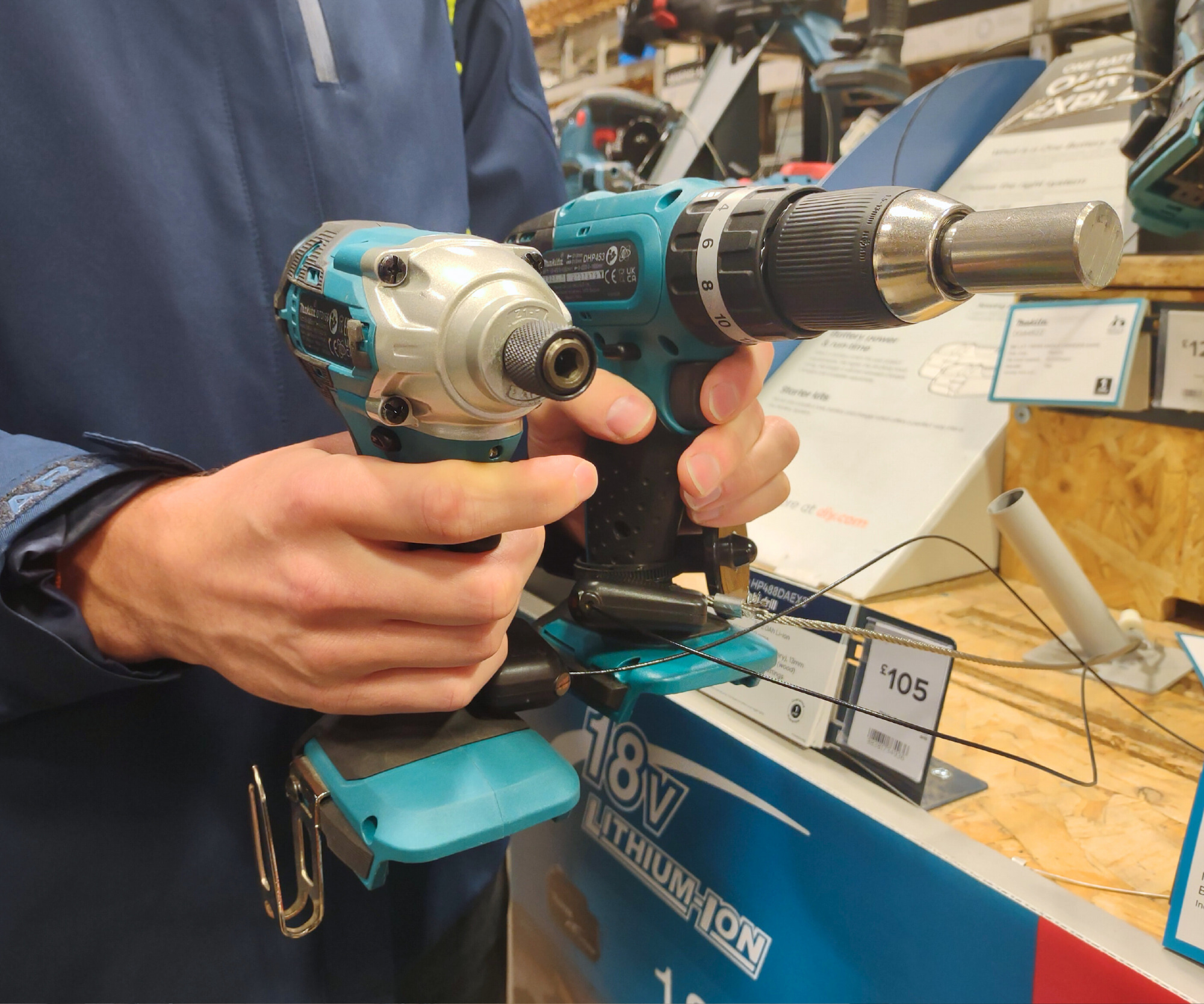
An impact driver is designed specifically to drive fasteners. When you squeeze an impact driver’s trigger, a small hammer repeatedly strikes an anvil inside the tool, often over 50 times per second. This causes the tool’s chuck to turn with considerable force, producing far higher torque (which means turning power) than the screwdriver function of a comparable drill.
Impact drivers can efficiently fasten or loosen a variety of fastenings, including nuts, bolts and long screws. They should be used exclusively with impact hex shank accessories. These hexagonal-shanked attachments come in various sizes, and are specialised with features such as screw-driving heads or bolt-turning sockets.
You can usually identify an impact hex shank accessory by its dark grey or black finish, and you can often pick up multiple types in one purchase by buying an impact hex bit set.
Tasks you should use an impact driver for:
- Installing or removing automotive parts
- Building heavy outdoor structures with multiple wooden parts, such as sheds and fences
- Securing furniture such as wardrobes to walls with heavy fixings (important for families with children)
- Removing stuck screws that can’t be turned with a drill-driver or screwdriver.
- Screwing down floor boards
- Tightening nuts and bolts – on anything from metal panels to play equipment.
- Building structural features such as roof beams and stud walls
There are plenty of powerful, user-friendly impact drivers out there – notably including the Makita DTD153Z and the Dewalt DCF887P2. A closely related type of tool, impact wrenches, can drive even larger fixings, using a square bit instead of a hex bit.
What is a drill?
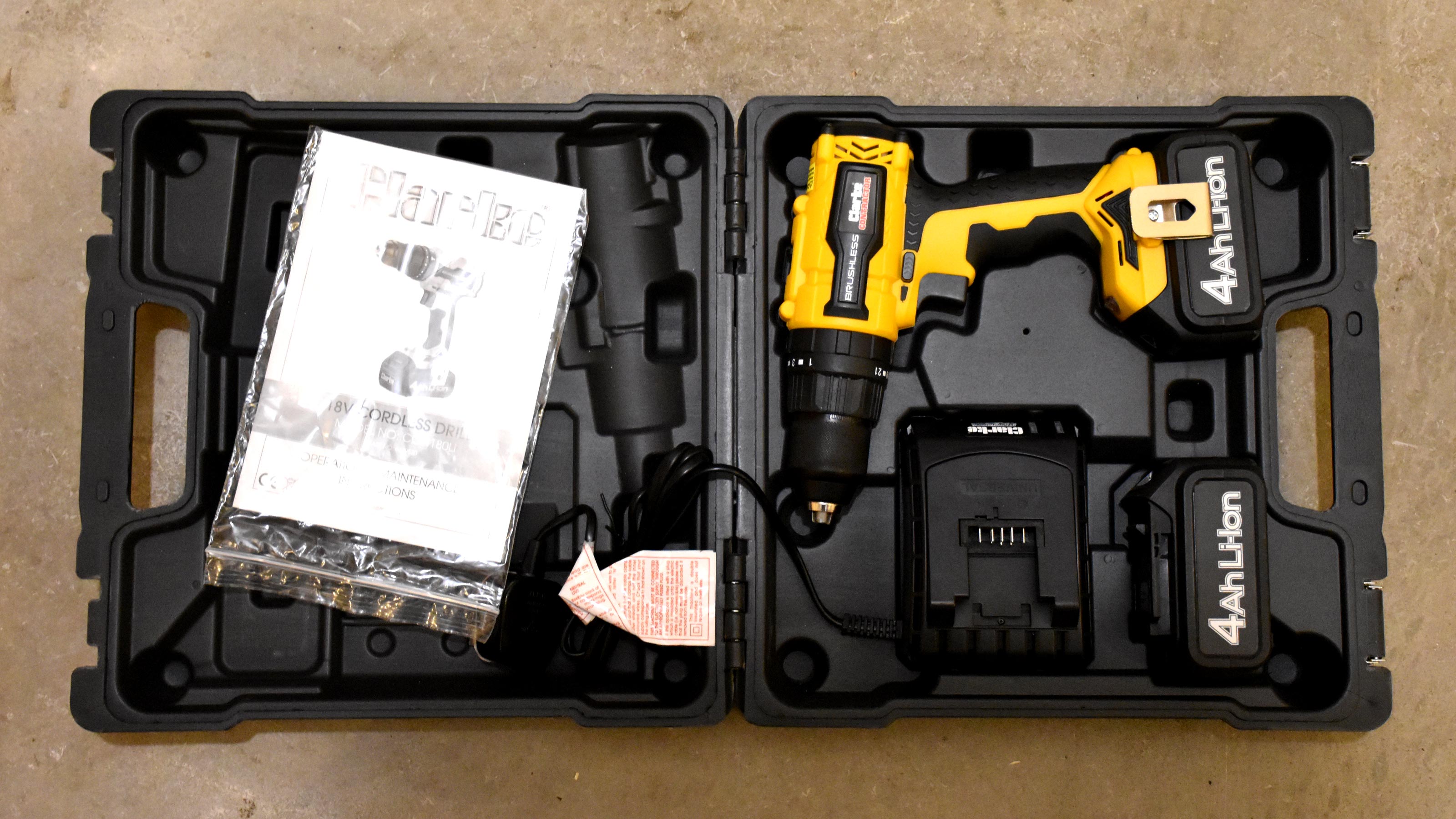
Drills are more familiar to the average DIYer than impact drivers are. Depending on which type of drill you have, this tool can perform a vast array of tasks, from drilling holes and driving screws to breaking up concrete and mixing compounds.
A drill is (usually) a power tool designed mainly to make holes in materials such as wood and plaster. Drill-drivers also have a screw-driving mode, while hammer drills add an in-and-out action to drill into harder materials like brick and stone. For DIYers who plan on tackling a variety of tasks, the best type of drill to buy will usually be a combi drill, which combines hammer drill and screw-driving functionality with basic drilling.
Whereas an impact driver turns its bit using a hammer-and-anvil mechanism, a drill drives its drilling action using a motor and clutch system.
Tasks you should use a drill for:
- Drilling holes in walls (using hammer drill mode), for fixing a vast array of items such as shelf brackets, blind mechanisms, curtain rails, mirrors, cooker hoods and skirting boards.
- Drilling and countersinking holes in materials for craft or carpentry projects.
- Mixing compounds such as grout and tile adhesive.
- Installing or removing small screws.
- Drilling out stuck screws (using a drill bit designed to work on metal) or wall plugs.
Pretty much every DIYer will need access to a good combi drill. I use a Clarke CON180LI 18V Brushless Combi Drill for most drilling and screw-driving tasks.
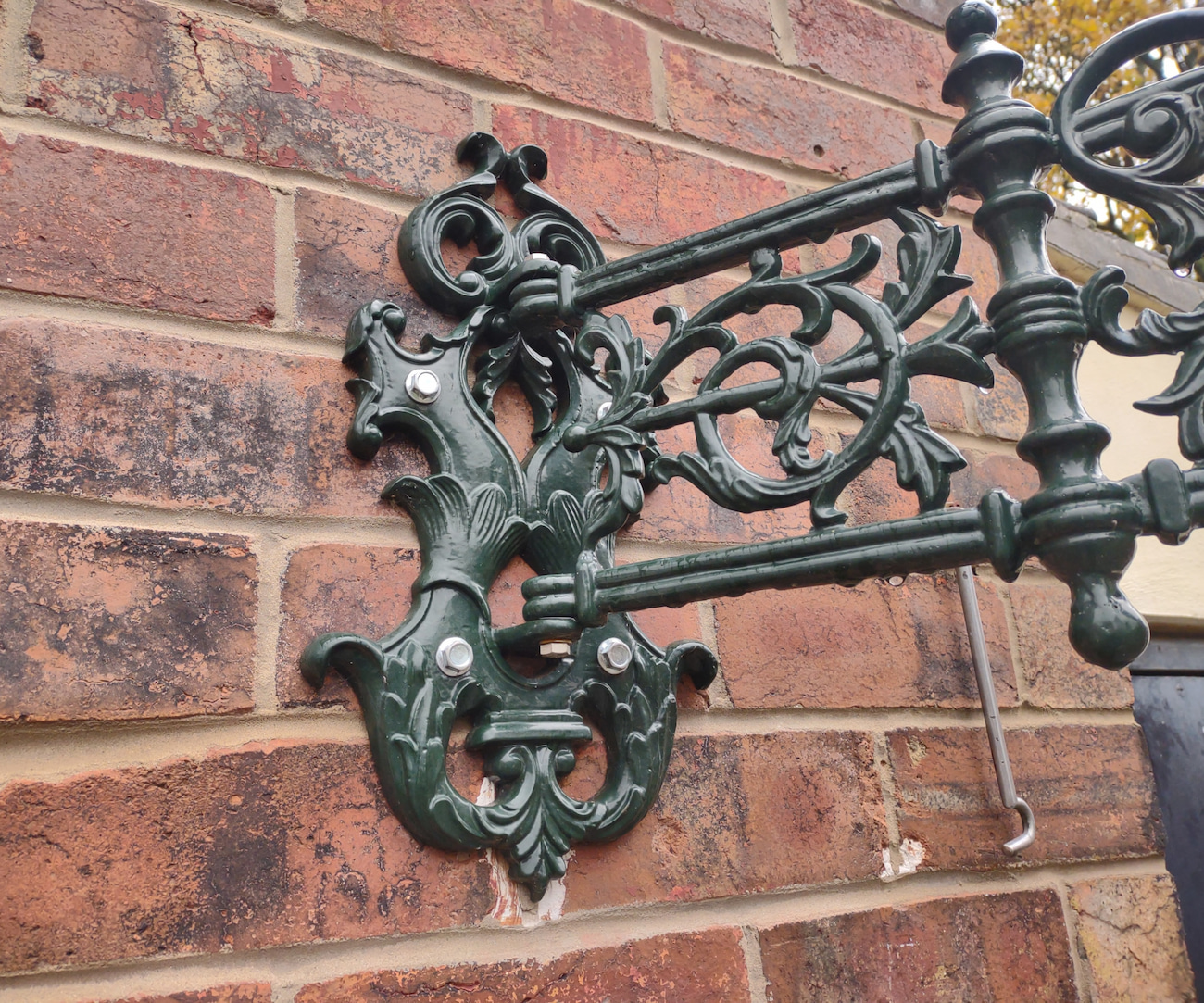
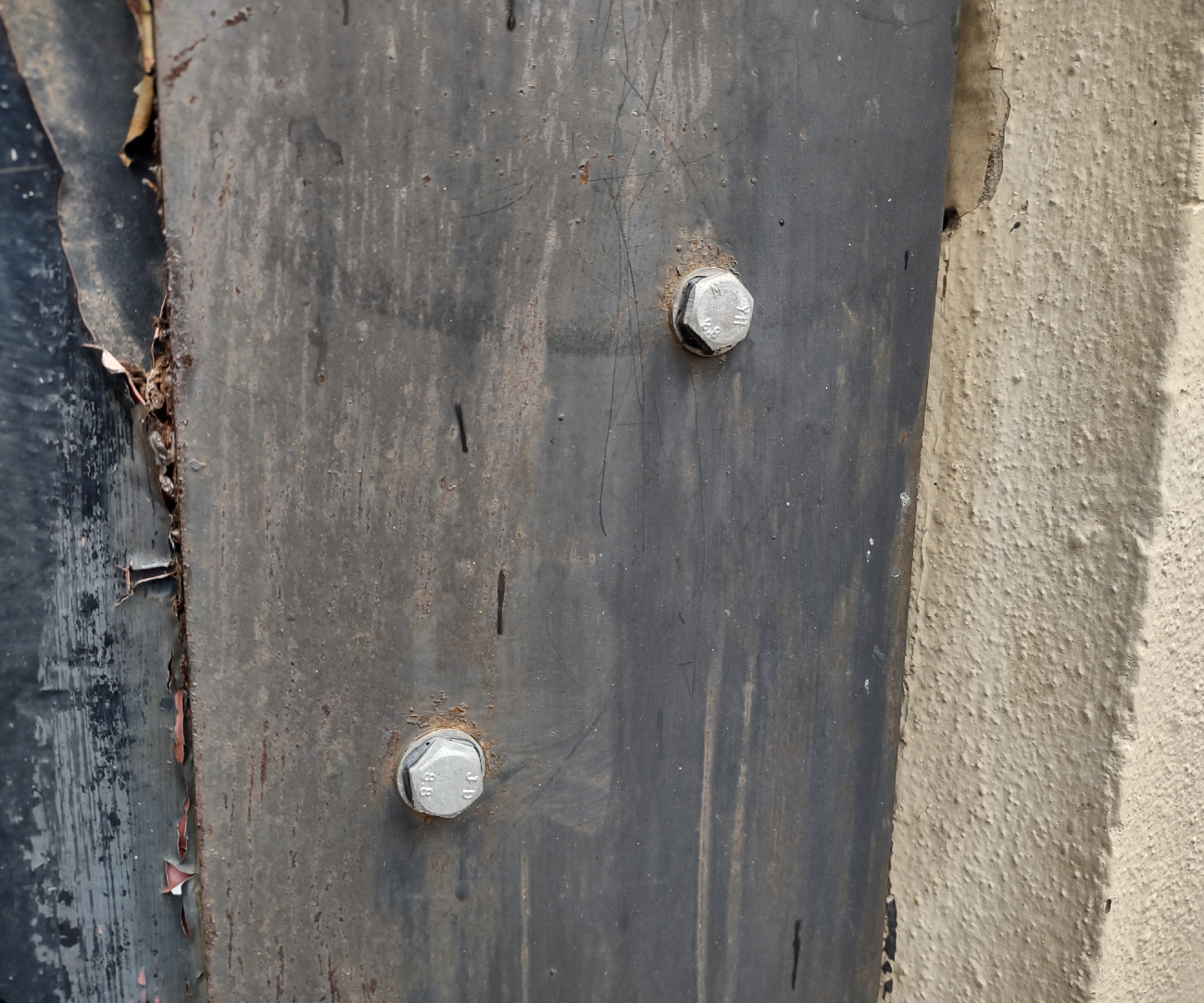
Which is better: a drill or an impact driver?
Drills and impact drivers are both unbeatable at their specific intended tasks. A combi drill is usually better than an impact driver for driving small screws, and especially for drilling holes. Meanwhile, impact drivers are typically better than combi drills at driving large screws, nuts or bolts, thanks to their superior torque.
Comparing drills and impact drivers is a bit like comparing apples and oranges: each is perfect for its own distinct purposes. With that said, if you’re only going to buy one of the two options, a combi drill is likely to prove more versatile and relevant to your DIY projects.
FAQs
Can you use an impact driver as a drill?
It’s possible to use an impact driver as a drill – especially if you’re using shatterproof hex bits that fit the impact driver and can stand up to its aggressive action. However, impact drivers tend not to be as effective at drilling as purpose-built drills are. Impact drivers don’t grip the bit as securely as a drill does using its chuck, and they can easily damage or break drill bits.
On a more positive note, drilling with an impact driver that’s fitted with a compatible drill bit may help you to drill in tight spaces, thanks to the impact driver’s relatively stubby barrel.
When should you opt for a drill instead of an impact driver?
I’d always recommend using a drill, instead of a drill driver, for drilling work – from drilling small holes in wood, to drilling wide holes in concrete.
The question becomes harder to answer when it comes to screwdriving. Usually, combi drills do a fine job of installing or uninstalling small screws. For these tasks, a drill is often the best option. However, if you’re working with longer screws, small screws that are jammed in the workpiece, or larger fixings like nuts and bolts, an impact driver will usually work better than a drill.
Impact drivers and combi drills can often be bought together as a bundle, along with compatible batteries and chargers. Having both tools will empower you to take the most appropriate course of action, when a fixing has got you flummoxed.
Get the Homebuilding & Renovating Newsletter
Bring your dream home to life with expert advice, how to guides and design inspiration. Sign up for our newsletter and get two free tickets to a Homebuilding & Renovating Show near you.
Pete Wise is a freelance writer and keen DIYer from Leeds. Pete's tool reviews have featured in titles including Homebuilding & Renovating, Ideal Home and The Independent. He also writes features and news articles for publications such as The Guardian, BBC Good Food and T3. When he isn't busy writing, Pete can often be found at libraries, pubs and live music venues. He finds tile-cutting strangely zen.
- Gabriella DysonInteriors journalist and contributing editor

